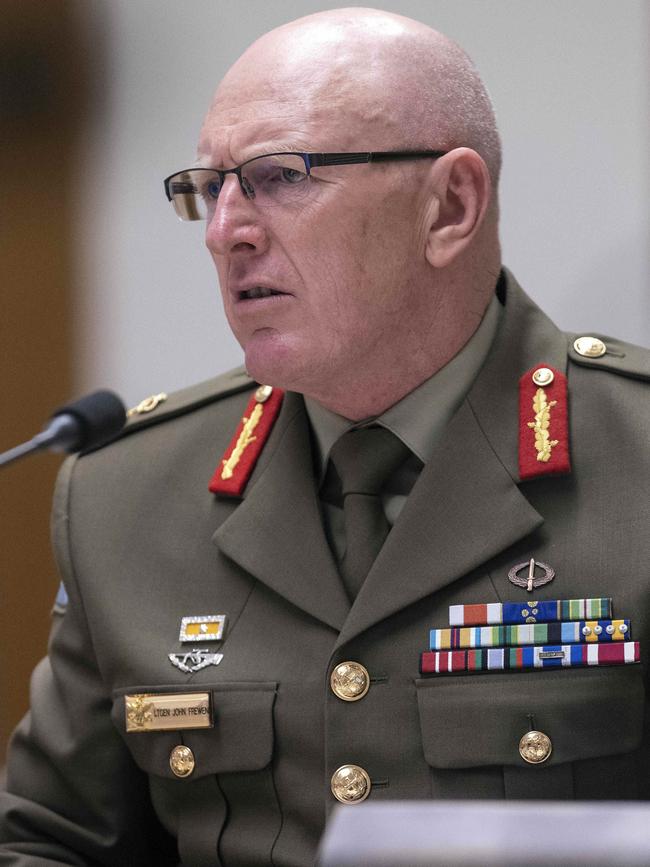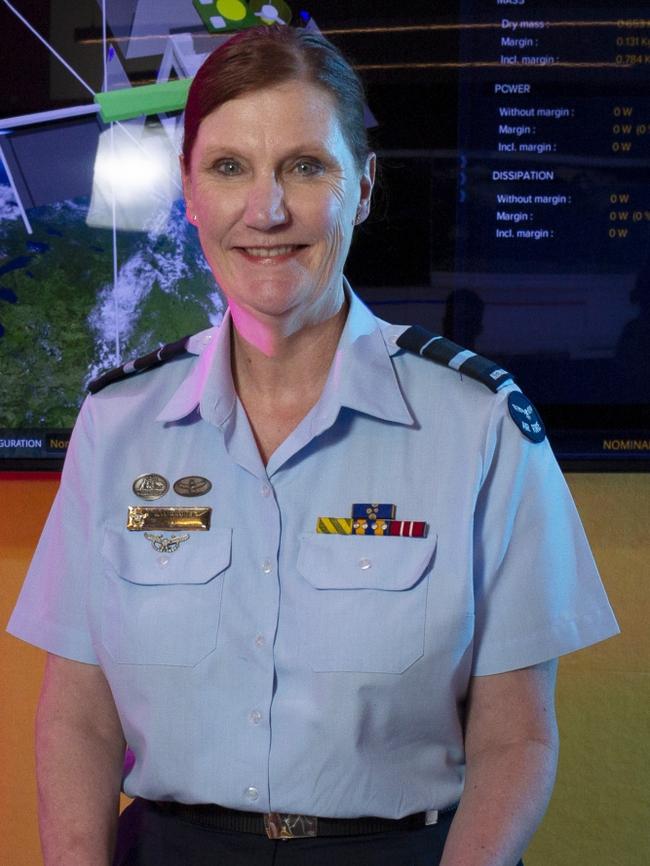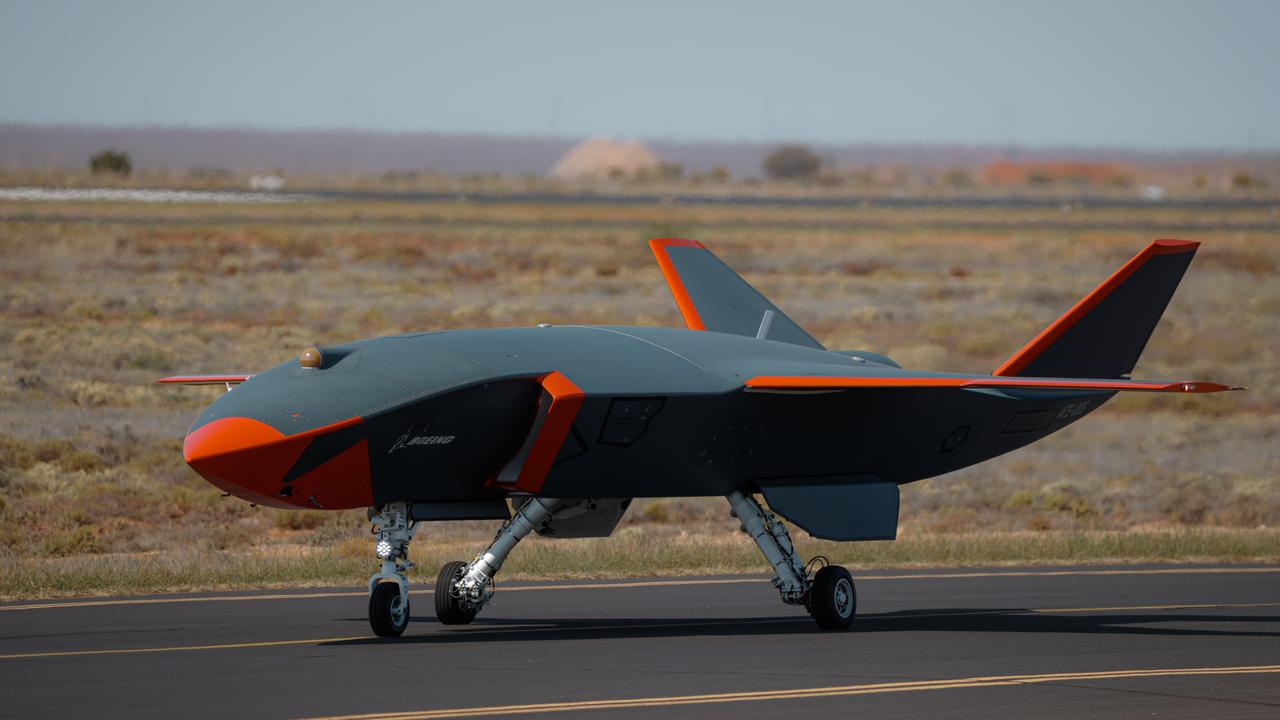Mindset change as space and cyber gear up
Historically, warfighting is carried out across the traditional domains of land, sea and air, but thinking has since evolved to include two further domains – space and cyber.

Historically speaking, warfighting is carried out across the traditional domains of land, sea and air, but thinking has since evolved to include two further domains – space and cyber.
At the present time armed services must strive for dominance across all five domains, embracing the information advantage they can together deliver, and considering both kinetic (explosive) and non-kinetic effects.
This new doctrine is known as multi-domain operations and the recent Defence Strategic Review (DSR) has already realised fundamental change in the way the Australian Defence Force is geared to meet the challenges of the modern battlespace.
Perhaps the organisation most affected by the outcomes of the DSR is Joint Capabilities Group, which is transitioning from being a repository for almost any military unit with “Joint” in its name, to the custodian of warfare capability in the space and cyber domains.
Chief of Joint Capabilities Group (JCG) is Lieutenant General John Frewen, who explains that the DSR directs three important changes to Defence’s approach to multi-domain operations.

First, it highlights the need to focus on all five domains and not just the three traditional arenas.
Second, the need to think in terms of integrated operations, instead of the traditional “joint” approach where the Army, Navy and Air Force come together to deliver unique capabilities in a synchronised way.
Third, Frewen says the DSR underpins the evolution from the “balanced force” concept – where the services are jacks of all trades, prepared for a wide range of scenarios – to a “focused force”, based on the assessment of Australia’s strategic circumstances.
“I’m now the lead for the space and cyber domains,” he explains.
“I have also been given the lead for the Defence networks, which are a fundamental platform of cyberspace.
“So, my group will be the centre of excellence for space and cyber and the control of the Defence networks as a key piece of cyber terrain.”
Also included within Frewen’s purview is the responsibility for the hardening of Defence’s joint logistics support, which may have vulnerabilities to cyber attack.
While he says that a commander can make choices as to whether he or she engages in the traditional land, sea and air domains, the cyber and space domains are already fully contested.
“Although I don’t subscribe to the idea that we can win the next conflict through either space or cyber alone, we certainly won’t be able to do so in a traditional style of conflict without us having very strong capabilities – and the ability to preserve those capabilities – and disrupt the capabilities of others in space and cyber,” he says.
“All five domains are now going to be critical to whatever outcomes we achieve through the use of military force, and that leads us to the whole concept of multi-domain operations.”
To achieve this desired outcome Frewen says JCG needs personnel with a “multi-domain mindset”.
“We will be working hard to better attract and retain people in the space and cyber domains by managing them in a ‘service-like way’,” he explains, noting that the newly created Defence People organisation has been tasked with establishing a distinct management entity for the Defence space and cyber workforce.
“Unlike the traditional domains, our space and cyber capabilities will remain closely dependent on our industry partners, even during conflict,” he says.
“This has been most recently evident by the Ukrainian dependency on Starlink, (and) our ‘service-like’ workforce will be closely partnered with industry to best effect.”
‘Space is critical to the effective employment of military power and integrated operations’
– Air Vice-Marshal Cath Roberts, Defence Space Commander
From a cyber perspective, Frewen says his responsibility is to deliver both defensive and offensive capabilities while maintaining network and supply chain security.
“Cyber defence is absolutely central to everything we can do and can deliver,” he says.
From a space perspective, Commander of Defence’s Space Command, Air Vice Marshal Cath Roberts says that space is fundamental to Australia’s warfighting ability and underpins almost every digital system in use with the ADF.
Space Command was established to deliver what Roberts describes as a “transformational change” needed across Defence in order to consolidate Australia’s capabilities and operations in the domain.
Today it resides within the Joint Capabilities Group headed by Frewen.
“Operationally, we generate space power as part of an integrated force for integrated operations, as well as with our international partners,” Roberts explains.
“This requires operational concepts, doctrine, tactics, techniques, procedures, logistics and creative thinking that are integrated and interoperable by design. Space is critical to the effective employment of military power and integrated operations.”

As the inaugural commander of Space Command, Roberts is responsible for building and sustaining a trained workforce, managing Defence space capability, supporting space operations, assigning specialists in the domain to the Chief of Joint Operations, Lieutenant General Greg Bilton, and developing concepts and doctrine – including partnerships with international and industry partners.
“My key insights from years of working with different capabilities is that it isn’t the engineering or technology that defines its success; it is the people that test it, integrate it, maintain it, sustain it and push it to its limits that turn a sophisticated machine into space power,” Roberts says.
“The continued growth, education and retention of the workforce in the space domain is the most critical factor for achieving Space Command’s mission. This means continued investment in our people and exploration of new and novel ways to train, retain, develop and reward our workforce.”
Roberts also considers the building of a resilient space architecture with Australia’s international partners as a priority.
“In the current strategic circumstances, we can only achieve the required resilience levels through working with our international and commercial partners,” she says. “We are building a more resilient architecture through additional capabilities, proliferating what we already have and spreading current and future capabilities across a more diverse network – including multi-orbit options.”
While Frewen describes multi-domain operations as a “progression in thinking”, he says it is still early days when it comes to understanding the full extent of what the space and cyber domains will contribute.
“We’re not even close to understanding where technology will take us in the full extent of those two ubiquitous domains,” he says.
“We’re right on the cusp of understanding what things like artificial intelligence and machine learning will mean to those domains for example.”


